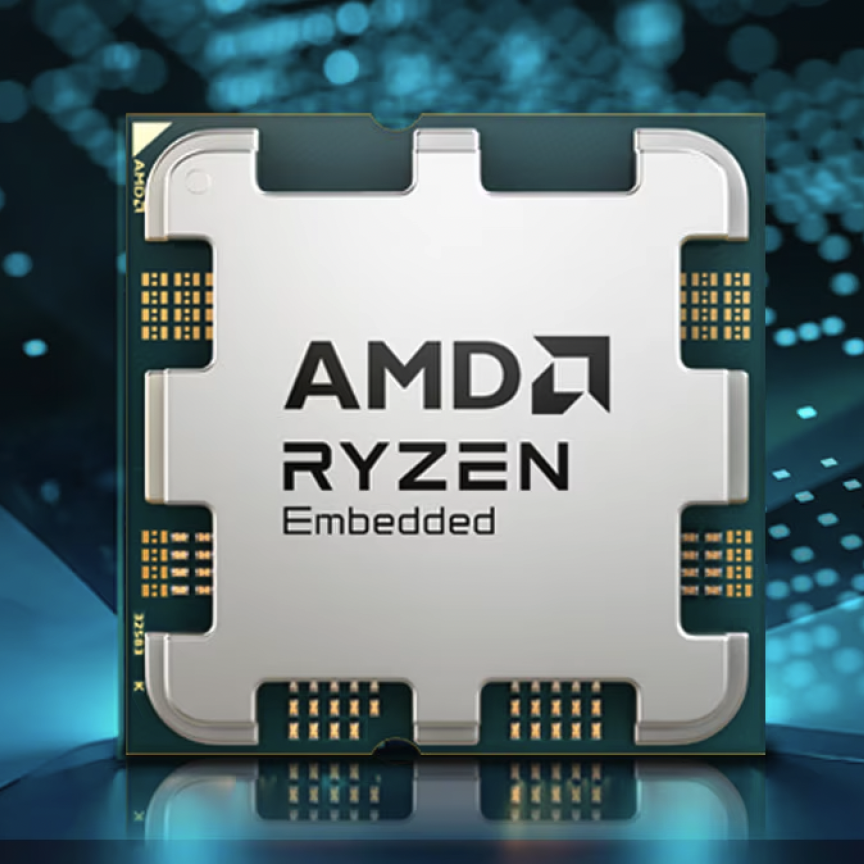With the new EyeVision version 4.3 a completely reworked GUI designer comes into the software, with it beside meaningful statistics also various displays can be arranged graphically.
Measured values are thus not only visible as numerical values, but can also be displayed in a meaningful way for the user. This is done, for example, in the form of a traffic light symbol, which indicates a good or bad result in the classic traffic light colors.
Likewise, any graphics can also be output, for example a smiley, if the desired result has been achieved.
A glance at the pointer instrument gives a direct overview of the current values and whether they are still in the good range or not. The production results can thus be easily and quickly overviewed. A variety of other graphics complement the simple drag-and-drop programming to create a graphical user experience.
All collected data can be distributed and statistically evaluated through internal protocols such as OPC UA, MQTT, Profinet.
Saturn sensor
EVT has equipped the smart 3D sensor called “Saturn” with new lasers. This results in a significantly more homogeneous laser line. The new lasers are available in all standard colors red, green, blue, violet. Depending on the object to be imaged, the right laser color can produce a significantly better artifact-free image.
The lasers are also available in different power levels from 0.5 W to 10 W, so that sufficient light output is available for all applications.
This is advantageous and necessary because, depending on the application, greater laser power has to be used, an example being tires. On their rubber, a large part of the light power is eliminated by the absorption of the surface. Therefore, more light must be used.
But even at high speeds, more light must be applied to the test object so that the laser line can be detected despite the short exposure time.
With the new lasers, new camera modules with faster sensors are also available. This increases the maximum frame rate and thus 3D lines per second from the previous 3 KHz to 9 KHz.

